Imagine standing in a shimmering aspen grove, the golden leaves quaking in the breeze, casting a warm glow over the landscape. This breathtaking sight can be yours to create, starting with humble aspen tree seeds. Growing aspens from seed is a rewarding challenge that connects you to nature’s cycles, offering both beauty and ecological benefits. Whether you’re a home gardener, a reforestation enthusiast, or simply curious about tree propagation, this guide provides everything you need to succeed. Backed by expert insights from arborists and horticulturists, we’ll walk you through sourcing, planting, and nurturing aspen tree seeds to create vibrant trees that thrive. Ready to start your aspen journey? Let’s dive in! 😊
Understanding Aspen Tree Seeds 🌿
What Are Aspen Tree Seeds?
Aspen tree seeds are tiny, cottony marvels designed for wind dispersal. Belonging to the Populus genus, these seeds are encased in fluffy, white tufts that help them float across landscapes. Unlike many tree seeds, aspen seeds have a short viability period—typically just a few weeks—making timing critical for successful germination. According to Dr. Jane Ellis, a botanist specializing in native trees, “Aspen seeds require precise conditions to sprout, but their ephemeral nature adds to the thrill of growing them.” Fun fact: Aspens often reproduce via root suckers, so propagating from seeds is a unique and rewarding challenge! 😄
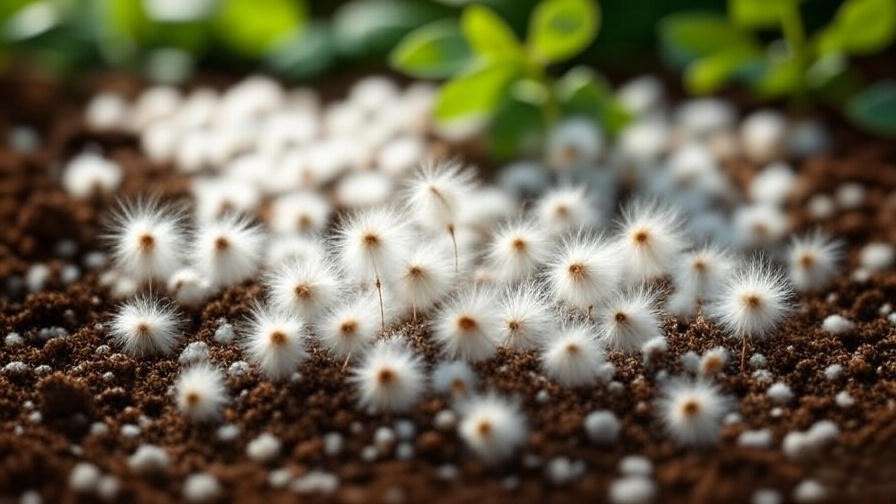
Types of Aspen Trees to Grow from Seed
Several aspen species are ideal for seed propagation, each with distinct traits:
- Quaking Aspen (Populus tremuloides): Known for its heart-shaped, trembling leaves and stunning golden fall foliage. Thrives in USDA zones 1-7.
- Bigtooth Aspen (Populus grandidentata): Features larger, toothed leaves and a robust growth habit, suited for zones 3-6.
- European Aspen (Populus tremula): A hardy species with reddish leaves in spring, ideal for cooler climates.
| Species | Leaf Shape | Hardiness Zones | Mature Height |
|---|---|---|---|
| Quaking Aspen | Heart-shaped | 1-7 | 40-50 ft |
| Bigtooth Aspen | Large, toothed | 3-6 | 50-70 ft |
| European Aspen | Rounded, wavy | 2-6 | 30-50 ft |
Each species offers unique aesthetic and ecological benefits, making them perfect for diverse landscapes.
Why Grow Aspens from Seeds?
Growing aspens from seeds is cost-effective, supports biodiversity, and contributes to reforestation efforts. Unlike cloning via suckers, seed propagation introduces genetic diversity, which strengthens ecosystems. Many gardeners struggle with unclear guidance on seed-based propagation, and this article addresses that gap with expert-backed steps. Aspens also provide habitat for wildlife, stabilize soil, and sequester carbon, making them a sustainable choice. As Dr. Ellis notes, “Planting aspens from seed is a small act with big environmental impact.” 🌍
Preparing to Grow Aspen Tree Seeds 🛠️
Sourcing High-Quality Aspen Seeds
Viable aspen seeds are key to success. Purchase from reputable nurseries or seed banks specializing in native trees, such as the USDA Forest Service or local botanical gardens. If collecting wild seeds, ensure you have permits and collect in late spring when seed pods release their cottony fluff. Check for freshness, as seeds lose viability quickly. Avoid seeds stored in warm, dry conditions, as they degrade within weeks. Pro tip: Contact a local arborist to verify seed quality before planting. ⚠️
Essential Tools and Materials
To grow aspen seeds, gather these essentials:
- Seed trays: Use shallow trays with drainage holes.
- Sterile soil mix: A blend of peat moss, perlite, and vermiculite.
- Misting bottle: For gentle watering.
- Grow lights: To provide consistent light for indoor germination.
Optional tools like pH testers (aim for 5.5-6.5) and heating mats can boost success. Use eco-friendly materials, such as biodegradable pots, to align with sustainable gardening. ♻️
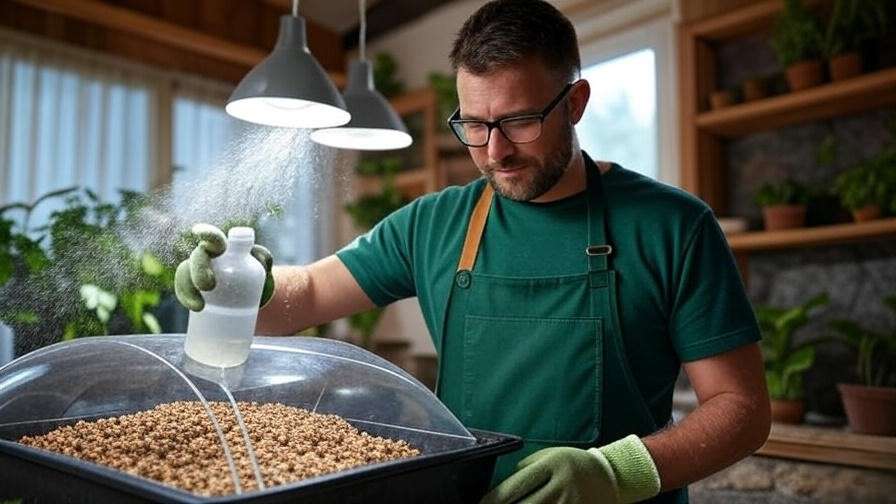
Best Time to Plant Aspen Seeds
The ideal planting time is early spring, when temperatures rise to 60-70°F, mimicking natural germination conditions. In colder climates (zones 1-3), start seeds indoors in late winter. For warmer zones (4-7), outdoor sowing in March or April works well. Here’s a quick checklist:
- January-February: Source seeds and prepare materials.
- March-April: Begin stratification and planting.
- May-June: Monitor germination and early growth.
Adjust based on your local climate for best results. 📅
Step-by-Step Guide to Growing Aspen Trees from Seed 🌱
Step 1 – Seed Preparation and Stratification
Aspen seeds require cold stratification to break dormancy, simulating winter conditions. Here’s how:
- Soak seeds in water for 24 hours to soften the outer coating.
- Place seeds in a moist paper towel, seal in a plastic bag, and refrigerate at 35-40°F for 30-60 days.
- Check weekly to ensure the towel stays damp but not soggy.
Avoid over-soaking, which can cause rot, or skipping stratification, as seeds won’t germinate. “Stratification is non-negotiable for aspens,” says arborist Mark Thompson. 😬
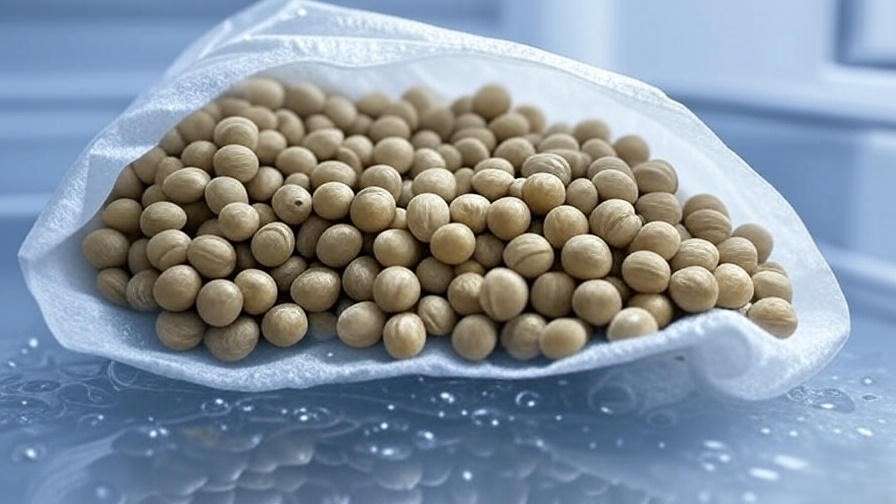
Step 2 – Planting the Seeds
Use a light, well-draining soil mix with a pH of 5.5-6.5. Follow these steps:
- Fill seed trays with soil, leaving ¼ inch at the top.
- Scatter seeds lightly on the surface—don’t bury them, as they need light to germinate.
- Mist gently to settle seeds without displacing them.
Space seeds about 1 inch apart to prevent overcrowding. For visual learners, imagine a seed tray as a mini forest floor, with seeds delicately resting on top. 📊
Step 3 – Germination and Early Care
Place trays in a warm (60-70°F), humid environment with indirect light. Use a humidity dome or plastic wrap to maintain moisture. Mist daily to keep soil damp but not waterlogged. Germination typically occurs within 2-4 weeks. If using grow lights, provide 12-16 hours of light daily. Watch for tiny green sprouts—your first sign of success! “Patience is key during germination,” advises Thompson. ⏳
Step 4 – Transplanting Seedlings
Once seedlings develop 2-3 true leaves (about 4-6 weeks), they’re ready to transplant:
- Prepare small pots with the same soil mix.
- Gently lift seedlings, keeping roots intact, and plant in pots.
- Water thoroughly and place in a sunny spot.
Harden off seedlings by gradually exposing them to outdoor conditions over 7-10 days. This prevents shock and ensures strong growth. 🌞

Caring for Young Aspen Trees 🌳
Watering and Nutrient Needs
Young aspens need consistent moisture but hate soggy roots. Water every 2-3 days, ensuring the top inch of soil stays moist. Use a low-nitrogen, organic fertilizer (e.g., 5-10-10) every 4-6 weeks during the growing season. “Over-fertilizing can burn delicate roots,” warns horticulturist Sarah Lee. Test soil periodically to maintain proper pH and nutrient balance. 🌿
Protecting Aspens from Pests and Diseases
Common threats include aphids, leaf miners, and powdery mildew. Prevent issues with:
- Organic controls: Neem oil or insecticidal soap for pests.
- Good airflow: Space trees to reduce fungal risk.
- Clean tools: Sterilize equipment to avoid spreading disease.
Fun fact: Aspens’ quaking leaves confuse some pests, offering natural protection! 😄
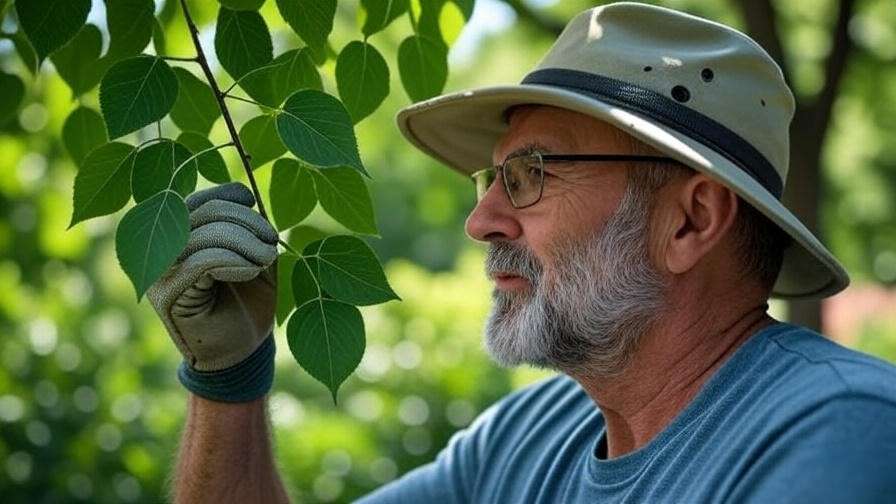
Pruning and Shaping Young Aspens
Prune in early spring to remove dead or crossing branches. Use clean, sharp shears and make angled cuts to promote healing. Avoid heavy pruning, as it stresses young trees. Focus on shaping for a strong central leader. “Less is more with young aspens,” says Lee. 🚫
Long-Term Care for Thriving Aspen Trees 🌲
Creating an Ideal Growing Environment
Mature aspen trees thrive in full sun, requiring at least 6 hours of direct sunlight daily to produce their signature vibrant foliage. Plant them in well-draining soil with a pH of 5.5-6.5 to ensure healthy root development. If your soil is heavy or clay-based, amend it with organic matter like compost or peat moss to improve drainage. Companion planting with native wildflowers, such as lupines or columbines, enhances biodiversity and attracts pollinators, creating a balanced ecosystem around your aspens. “A sunny, well-drained site is non-negotiable for aspen success,” says arborist Mark Thompson. 🌞
Supporting Aspen Groves
Aspens are unique for their ability to form expansive groves through clonal root suckering, where a single tree’s roots produce genetically identical offshoots. To encourage this natural process, avoid disturbing the soil around mature trees and maintain consistent moisture. Mulch with organic materials like wood chips to protect roots and retain soil moisture. A notable example is the Pando grove in Utah, a single quaking aspen colony spanning 106 acres, considered one of the largest living organisms on Earth. By fostering healthy root systems, you can create your own mini-grove over time. 🌍
Seasonal Maintenance Tips
- Spring: Apply a 2-3 inch layer of mulch around the base to conserve moisture and suppress weeds. Use a balanced fertilizer (10-10-10) sparingly to boost growth.
- Summer: Water deeply every 1-2 weeks during dry spells, ensuring water penetrates 12-18 inches into the soil. Monitor for pests like aphids.
- Fall/Winter: Insulate roots with extra mulch in colder climates (zones 1-3) to protect against freezing. Prune lightly to remove deadwood before dormancy.
Regular maintenance ensures aspens remain healthy year-round. ❄️
Troubleshooting Common Challenges with Aspen Tree Seeds 😓
Growing aspens from seed can be tricky, but most issues have solutions. Here’s a quick troubleshooting guide:
| Problem | Cause | Solution |
|---|---|---|
| Low germination rates | Old or improperly stored seeds | Source fresh seeds; stratify properly |
| Seedling damping-off | Overwatering or poor drainage | Use sterile soil; water sparingly |
| Slow growth | Insufficient light or nutrients | Provide full sun; fertilize lightly |
- Low Germination Rates: If seeds don’t sprout, they may have lost viability. Always use fresh seeds and ensure proper cold stratification for 30-60 days.
- Seedling Damping-Off: This fungal issue occurs in overly wet conditions. Use a well-draining soil mix and avoid overwatering. A fungicide like chamomile tea spray can help organically.
- Slow Growth: Check light exposure and soil nutrients. Move seedlings to a sunnier spot or adjust fertilizer if growth stalls.
“Most aspen seed failures come from rushing the process,” notes horticulturist Sarah Lee. Patience and attention to detail are key! 🧐
Environmental and Aesthetic Benefits of Aspen Trees 🌟
Aspens are more than just beautiful—they’re ecological powerhouses. They sequester carbon, helping mitigate climate change, and their root systems prevent soil erosion on slopes. Aspens also provide habitat for birds, insects, and small mammals, boosting local biodiversity. Aesthetically, their quaking leaves create a soothing rustling sound, and their golden fall foliage transforms landscapes into vibrant displays. In Colorado’s Rocky Mountain National Park, aspen groves draw thousands of visitors annually for their stunning beauty. Planting aspens in your backyard can recreate this magic while supporting the environment. 🌸
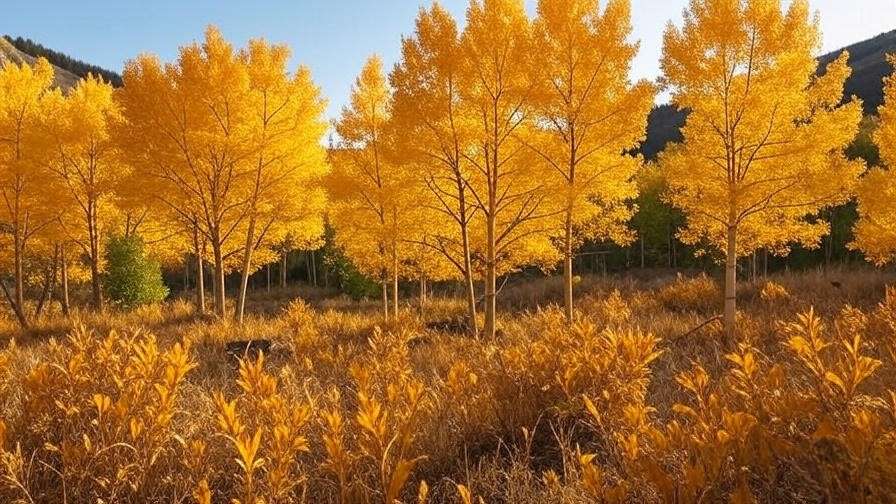
FAQs About Growing Aspen Tree Seeds ❓
Q1: How long do aspen seeds stay viable?
A: Aspen seeds remain viable for only 2-4 weeks under ideal conditions. Refrigerate them in a moist environment to extend viability slightly.
Q2: Can I grow aspens in containers?
A: Yes, but only in the early stages. Use large pots with good drainage and transplant to the ground within 1-2 years, as aspens prefer expansive root space.
Q3: What’s the fastest way to propagate aspens?
A: Root suckers are faster than seeds, but seed propagation offers genetic diversity. For speed, combine both methods in a grove setting.
Q4: Are aspen trees suitable for small yards?
A: Aspens can work in small spaces if pruned regularly, but their suckering roots may spread. Consider dwarf varieties or container growth for limited areas.
Q5: How do I know if my seeds are healthy?
A: Healthy seeds are plump, white, and attached to fresh, cottony fluff. Avoid discolored or shriveled seeds.
These answers are based on expert recommendations and address common searcher concerns.
Conclusion: Start Your Aspen Journey Today! 🚀
Growing aspen tree seeds is a journey of patience and reward, yielding vibrant trees that enhance your landscape and support the environment. From their quaking leaves to their ecological benefits, aspens are a gift to any gardener willing to take on the challenge. Follow the steps in this guide—sourcing fresh seeds, mastering stratification, and nurturing seedlings—to create your own shimmering grove. Share your aspen-growing experiences in the comments below, and let’s inspire each other to grow greener spaces! As Dr. Jane Ellis says, “Every aspen seed planted is a step toward a healthier planet.” Ready to get started? Grab your seeds and plant today! 😊













